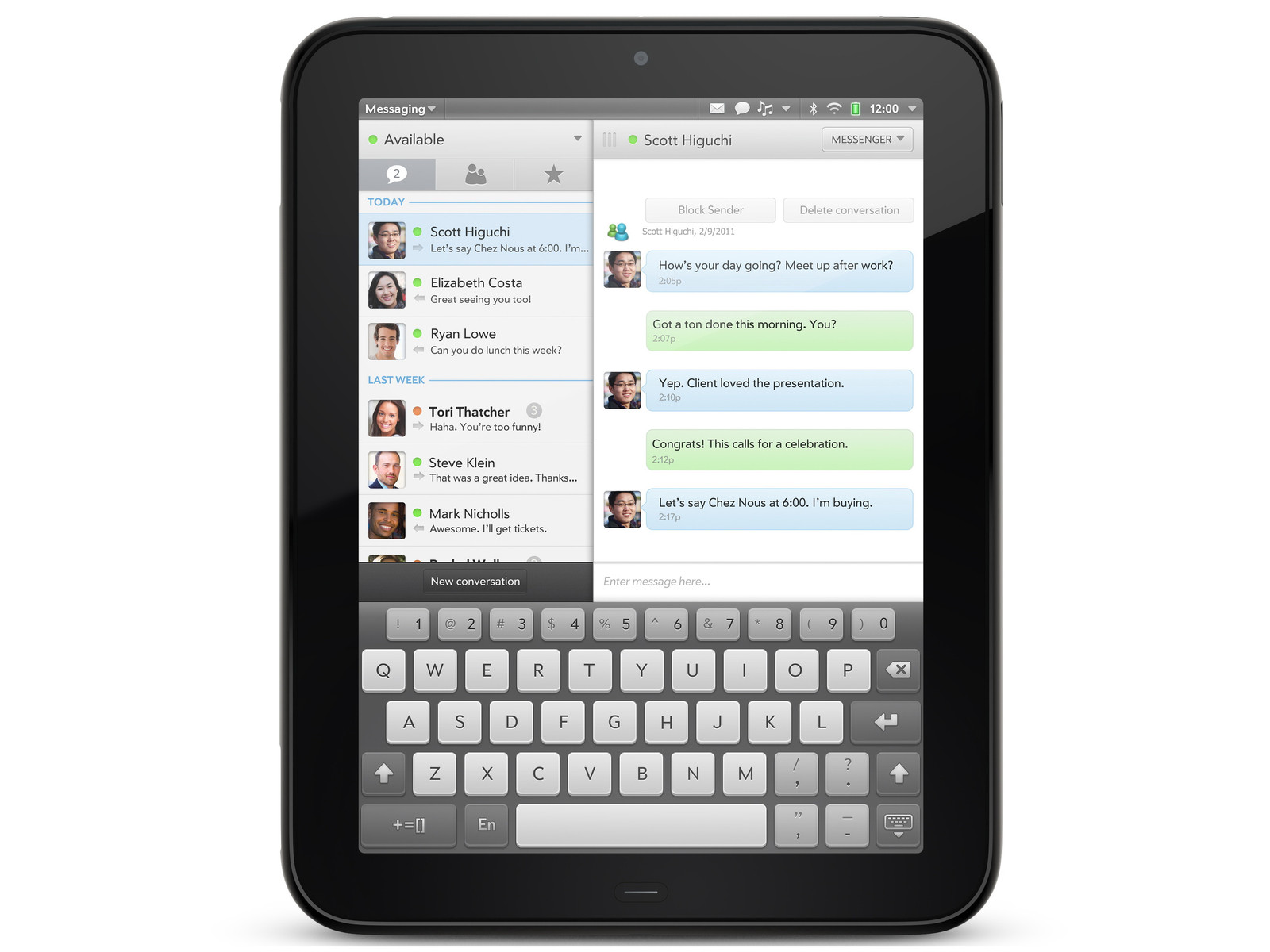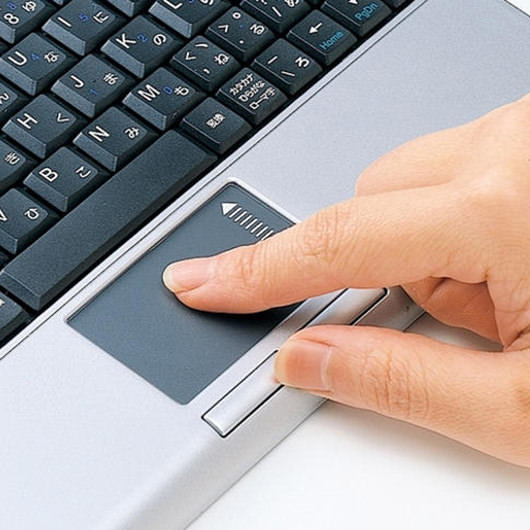

- #Hp touchpad update android with linux pc install#
- #Hp touchpad update android with linux pc for android#
- #Hp touchpad update android with linux pc software#
- #Hp touchpad update android with linux pc Pc#
#Hp touchpad update android with linux pc Pc#
Yeah, I’ll miss few Windows apps but that means I’ll use my Windows PC only in special circumstances. And with the stack of Ubuntu apps I would be able to accomplish 90% of tasks.
#Hp touchpad update android with linux pc install#
If you wish to install Google Apps such as Gmail, then you should: Step 1: Download Google Apps Download link and transfer them to the parent directory of your HP TouchPad. I’m sure I’m not the only one who would pay for the benefit of having just one computer – my smartphone. If you followed the steps correctly, CyanogenMod 7.1 Alpha 1 based on Android 2.3.7 Gingerbread will now be installed on your HP TouchPad.
#Hp touchpad update android with linux pc software#
For some reason, that’s not happening and I can’t but wonder why? Are they waiting for their own mobile platform to launch or the software is “still not there.” We can only speculate at this stage and hope that someone from Canonical is reading this. Click Here for hp-touchpad-novacom-repair-android-downloaded uImage.


So we thought Canonical will make its software available for download. Bad idea, considering the tight relations major OEMs have with carriers. In most cases, you should have found that this is a great way to breathe new life into your tablet. Instead, the company decided to pitch OEMs and allow them to pre-install the application on their devices. If you’re sick of the limits to webOS on your HP TouchPad, you might have already installed Android Ice Cream Sandwich using the guide published previously. Except that the mentioned software was never released to the general public. And Canonical was first to make that dream into a reality. My first reaction was – finally, the true convergence is here! The ability to turn smartphone into a full-blown PC is something we’ve been hearing about for quite some time now. It allows users to install the Android OS or just use it directly from a USB flash drive or optical media on their personal computers.I can clearly remember the day when Canonical announced Ubuntu for Android. In conclusion, if you ever wanted to run Android on a desktop computer or laptop, the Android-x86 does just that. The final release of the project will integrate support for multiple targets, multi-touch touchpad, better power management and multimedia support, OpenGL ES hardware acceleration for Intel and ATI Radeon graphics cards, and OpenGL emulation layer. Supported computersĪt the moment, Android-x86 was tested only with the ASUS Eee PC platforms, Viewsonic Viewpad 10 tablet, Dell Inspiron Mini Duo hybrid laptop, Samsung Q1U UMPC device, Viliv S5 handheld PC, as well as with the Lenovo ThinkPad 圆1 tablet.Īt the moment, the project is in active development state.
#Hp touchpad update android with linux pc for android#
Originally designed as a collection of patches for Android x86 support, the project matured enough in the last years to finally be seriously considered as a good alternative operating system for personal computers. It is also possible to install the OS to a local disk drive.

From the boot prompt you can start the live environment with default settings, with the VESA framebuffer, or using the debug mode. It is distributed as a single Live CD ISO image that supports only the 32-bit hardware platform. In addition, it supports software mouse cursor, external monitors, debug mode through Busybox, external keyboards, netbook native resolution, better disk installer, as well as external storage automatic mount. Key features include a KMS (Kernel Mode Setting) enabled Linux kernel 3.10.x LTS, Wi-Fi support, battery status, V4l2 camera support, G-sensor, bluetooth, suspend, resume, audio though ALSA, and mouse wheel support. Android-x86 is a port of the Android open source mobile operating system to the x86 (32-bit) architecture, allowing users to run Android applications and replace their existing operating system with the Android OS.


 0 kommentar(er)
0 kommentar(er)
